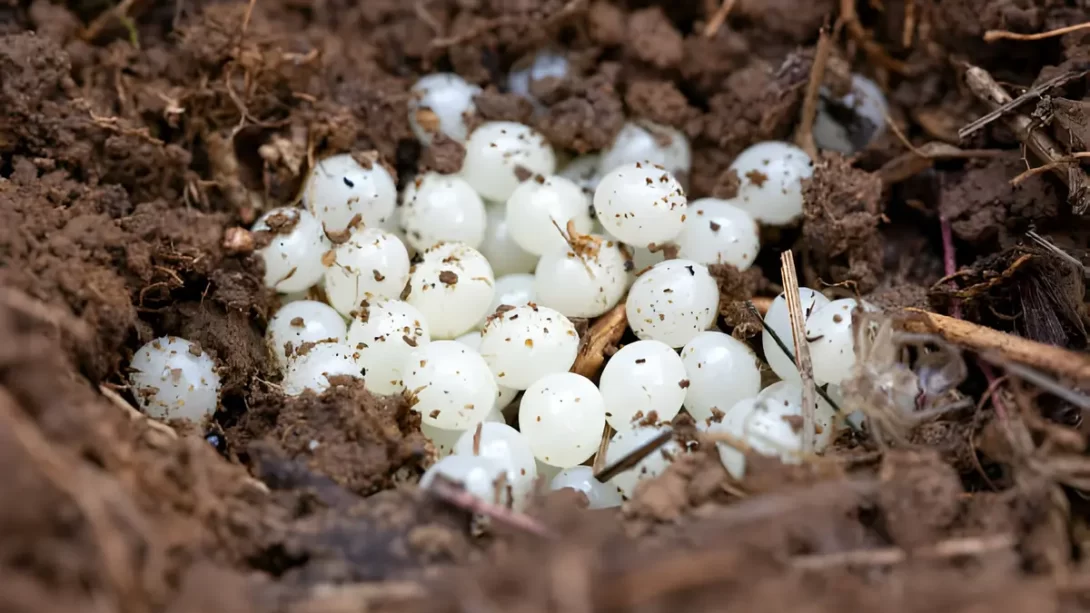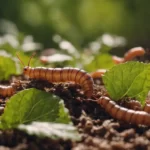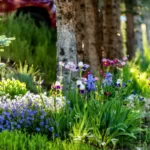Slugs are a common sight in many gardens and outdoor spaces, playing a unique role in the ecosystem. However, for gardeners and homeowners, slugs can be a nuisance, especially when they damage plants. An essential step in managing slug populations is understanding and identifying their eggs. This article aims to provide a clear description of what slug eggs look like, aiding in their identification and management.
Slug Reproduction
Slugs are hermaphrodites, meaning each individual possesses both male and female reproductive organs. Despite this, most species still require a mate to reproduce. The reproduction process typically peaks in the cooler, moist seasons of spring and fall. After mating, slugs lay clusters of eggs in protected, damp locations. These can include under soil, within piles of leaves, under stones, or in compost.
Characteristics of Slug Eggs
Slug eggs are distinctive in appearance. They are usually laid in clusters and can be found just beneath the soil surface or in other damp, sheltered areas in the garden. The eggs are small, about the size of a BB pellet, and have a round, slightly gelatinous appearance. In terms of color, they are often translucent or slightly opaque, with a pearly white or cream color. The jelly-like texture of slug eggs helps protect them from drying out and from predators.
Differentiating Slug Eggs from Other Garden Eggs
Identifying slug eggs among other garden eggs requires a keen eye. Slug eggs can be mistaken for snail eggs, which are similar in size and shape. However, snail eggs are often slightly firmer and may be found in more structured clusters. Insect eggs, on the other hand, can vary greatly in size, shape, and color, but they are generally smaller and less gelatinous than slug eggs. Amphibian eggs, such as frog or toad eggs, are usually found in water or very wet areas and are encased in a more substantial gelatinous mass.
Key differences lie in appearance, location, and grouping. Slug eggs are typically found in damp, hidden ground locations, whereas other eggs may be found on leaves, in water, or in more exposed areas.
Importance of Slug Egg Identification
Understanding and identifying slug eggs is crucial for gardeners. Slugs can cause significant damage to a wide range of plants, especially seedlings and tender foliage. By identifying and managing slug eggs, gardeners can proactively reduce slug populations and minimize plant damage. However, it’s also important to consider the ecological role of slugs, as they contribute to the decomposition process and provide food for other wildlife. Therefore, managing slug eggs should be done thoughtfully and sustainably.
Steps to Take Upon Finding Slug Eggs
If you discover slug eggs in your garden, there are several effective and environmentally friendly approaches you can take:
- Manual Removal: Carefully collect the eggs using gloves or a small tool and dispose of them. This can be done by placing them in a sealed bag and discarding them in the trash. Avoid crushing the eggs in the garden, as this can attract more slugs to the area.
- Natural Predators: Encourage natural predators in your garden, such as birds, frogs, and ground beetles, which can help control slug populations.
- Barriers and Deterrents: Create physical barriers using copper strips or diatomaceous earth around your plants. These materials are uncomfortable for slugs and can deter them from reaching your plants.
- Cultural Practices: Modify the garden environment to make it less appealing to slugs. This includes reducing excess moisture, clearing debris, and avoiding over-mulching.
Conclusion
Recognizing and managing slug eggs is an essential aspect of garden maintenance, particularly for those looking to protect their plants from slug damage. By being able to identify slug eggs and understanding the appropriate actions to take, gardeners can effectively control slug populations in an environmentally responsible way.
Remember, slugs are a part of the ecosystem and play a role in the decomposition process. Therefore, it’s important to balance pest control with ecological considerations. Through informed and thoughtful practices, gardeners can maintain healthy, vibrant gardens that coexist harmoniously with the natural world around them.




